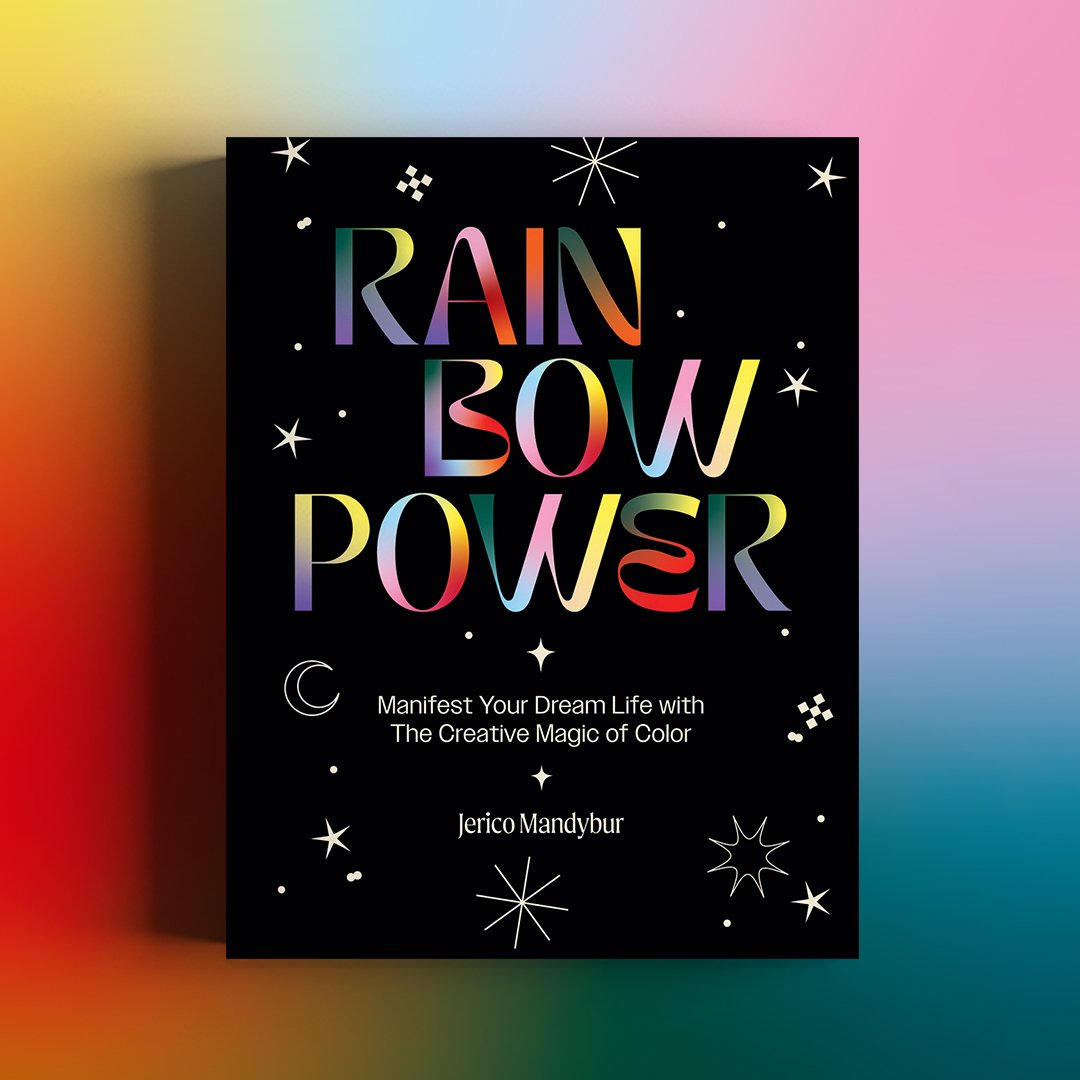HOW TO START MEDITATING
In the next few weeks, I’m opening the door to the self-paced, online version of my meditation and mindful journaling course, Write About Now. It’s designed for total newbs, over-thinking creatives (hence the journaling element), the neurodivergent, and those wondering if meditation is even for them.
I’ll tell you more about it soon, but for now, let me tell you why I made it.
“Without inner change there can be no outer change. Without collective change, no change matters.” — Rev. angel Kyodo williams
It was the height of the pandemic lockdowns and I was receiving my meditation teacher’s diploma. That course of study was a soothing balm in an otherwise shitty time. And the shittiness of the times was half the reason I chose to undertake it.
I was studying with the likes of some dedicated, consistent practitioners. Naturally, my impostor syndrome prairie-dogged its little head up: “You don’t practice consistently enough!”, “You don’t meditate for as long as they do”, “You don’t belong to a specific lineage,” and “you can’t be neurodivergent and teach this properly”, were just some of the cute, scared little thoughts my brain came up with.
So here’s the truth about all your meditate-related self-judgement: it doesn’t matter how many times you tried to meditate and didn’t have the “discipline” or whatever. Who cares! It only matters that you can choose again today, right now. That’s kinda the kicker of meditation; all you ever have to think about is here and now. The here and nowness is everything.
Some reminders, if you’re keen on getting started or recommitting to regular practice:
☆ Start small. Smaller than you think is even necessary. If you try to meditate for a long or even moderate period of time, it's easy to give up halfway through (and then shit-talk yourself for being a quitter and give up entirely). Better to meditate for one or two minutes at first, rather than aiming for 10 minutes and stopping at 7. Learn patience and presence by taking baby steps that you can build on over time, as your level of comfort and familiarity grows.
☆ Make sure to try out different techniques. There are sooo distinct types of meditation and within these, infinite variation. Test run as many as you’re able *while* in your baby-steps-to-regular-practice era, so you can identify which ones speak to you and your sensory profile, neurotype etc.
☆ Remember to be kind to yourself and take credit for your practice, however small. Pats on the back or little post-practice rewards are a nice motivator, especially for ADHDers. Show yourself gratitude and care along the way. It’s often difficult to begin to meditate. Don't give up. Instead, consciously decide to relinquish perfectionism and the idea of doing it “right” or “wrong”. All you’re doing is putting your attention on your breath, and then when you notice your thoughts whisking you away, putting it back there. That’s it.
☆ Also, make sure you can practice in a relatively quiet, comfortable area where you’re less likely to be bothered. A local park, your bedroom—it doesn’t really matter. Distractions come from within as much as without, so don’t get too hung up on where you meditate. But where possible, practice in a place where you enjoy the sights, sounds, colours, and textures. And if you don’t, consider what you could bring into the space to help with that. A blanket? A diffuser? Something to hold in your hand, like a nice rock? Whatever feels supportive.
☆ Tracking your practice is really helpful. There are plenty of habit-tracking apps you can download for free to help with this. But you could also just grab a nice journal (especially if it’s new) a pen, and mark down when and what you practiced and for how long. It feels good inside to see your list grow!
☆ Guiding oneself through meditation right off the jump is ~very challenging. On the other hand, relying too heavily on guided meditations for too long can be a security blanket for those who’d otherwise be best served by silence. Only you can discern where you’re at, but I’ll say this: many of the guided meditations on apps and online these days are designed to lull you into calm and/or sleep. And that’s guided relaxation, but it’s not always meditation. Because meditation is not a panacea.
☆ Finally, remember that classic meditation and mindfulness is not right for everyone at every time of their life. I don’t recommend it to people managing serious trauma or mental illness. For these people, consider learning to meditate either under the proactive supervision of a licensed mental health professional, or else find meditative practices that meet you where you are, such as walking in nature, journaling, observing or playing with a pet, self-directed mindful movement, like dancing etc. Whatever feels meditative and safe for you is just as good as sitting cross-legged with your eyes closed, without any of the risks.
I’m excited to share more about Write About Now. My hope is that it’s an accessible, inclusive, truly beginner-friendly doorway into a practice that will help to dissolve your cultural conditioning, dispel your fear in the face of great change, and allow you to realise your true nature. For now—send me any questions you might have. Happy to talk more.
Xo Jerico
This is a short excerpt from the latest edition of ☆THE DREAMER☆, my free newsletter and online space dedicated to exploring creativity, magic, the occult, neurodiversity, and mental health. Read more from this article at the link below!
Hi, I’m Jerico
I’m a best-selling author, award-winning creativity coach, and tarot reader. My mission? To help you unlock your unique creative expression.






